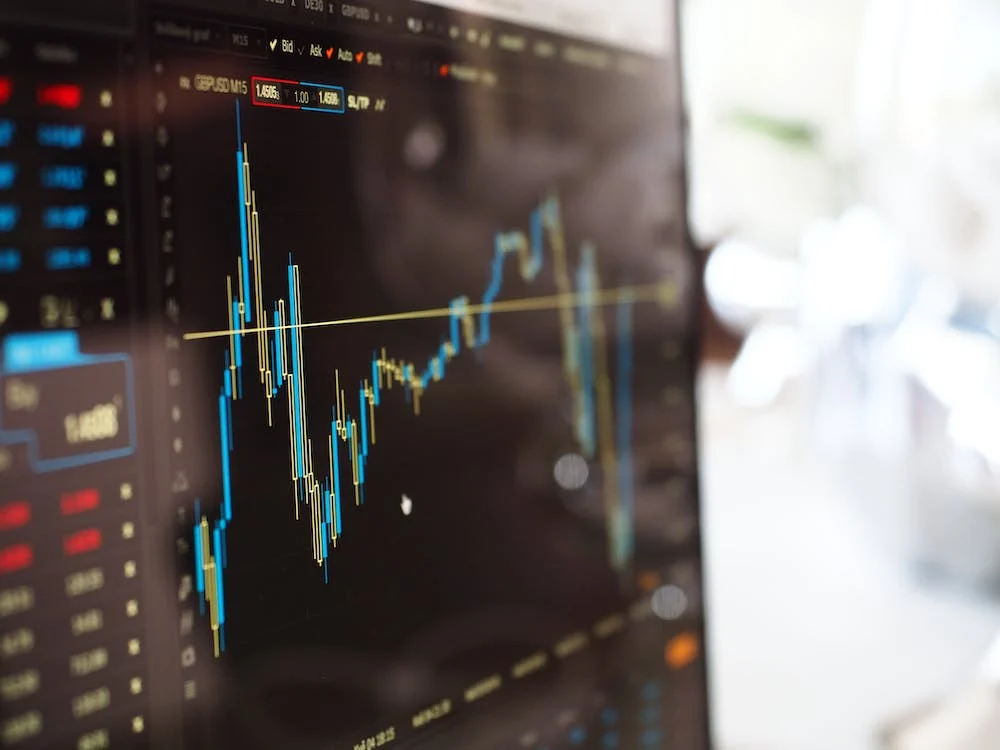“Good investors gather information, put that information into current and historical context, then make sound decisions.”

And there you have all the good news for the month of May. Even that news has an underside story as several industry sources have reported that only the ten largest capitalization S&P 500 Index stocks are responsible for 90% of the advance of the entire index. The S&P 500 Index is up +1.02% MTD and is now up +10.29% YTD. The equally top heavy and capitalization weighted NASDAQ Composite Index is up +6.24% MTD, and up +24.43% YTD. This has been an extremely narrow advance and just as this handful of stocks has been driving their respective major market indexes, they have been driving their sector indexes. The S&P Composite Information Technology Index is up +10.05% MTD, and up +33.79% YTD. The Dow Jones Internet Composite Index is now up +8.31% MTD and up +25.38% YTD.
The rest of the equity markets aren’t having as much fun. The Dow Jones Industrial Average has fallen -2.73% MTD and is now up +0.70% YTD. The Dow Jones Utilities Average fell -6.39% MTD and is down -6.37% YTD. The Dow Jones US Real Estate Index dropped -4.90% MTD and is down -2.53% YTD. The S&P MidCap 400 Index has fallen -1.77% MTD and is now up +1.17% YTD. The S&P Small Cap 600 is flat MTD and down -0.28% YTD. The S&P Composite Energy Index is down -7.04% MTD and down -9.08% YTD, while the S&P Composite Health Care Index has fallen -4.42% MTD and is now down -5.50% YTD. Toss in the S&P Composite Consumer Staples Index down -4.95% MTD and down -0.56% YTD and the S&P Composite Materials Index down -5.08% MTD, down -1.22%YTD, and you get the rest of the story.
International equities have not had a good May either, although developed international indexes continue to have a very good year. The MSCI EAFE Index is down -2.45% MTD, but up +8.80% YTD. The MSCI Europe Index is down -3.47% MTD and up +11.16% YTD. European Indexes are now up over +43% from their bear market low set back in October of 2022. This compares to a +20% increase in the S&P 500 over the same time frame. The MSCI Emerging Markets Index is down -0.25% MTD and up +2.52% YTD. After a brief breakout back in January, emerging markets indexes are once again being contained by a trading range market.
Bond markets have also been lower in May, with the exception of short term US Governments. The Bloomberg 1-3 month T-Bill Index is up +0.33% MTD and is now up +1.82% YTD. The Bloomberg U.S. Aggregate Bond Index is down -2.31% MTD and is up +1.20% YTD. The Bloomberg Municipal Bond Index is down -1.36% MTD and is up +1.13% YTD, and the Bloomberg U.S. Corporate High Yield Bond Index is down -1.21% MTD and up +3.34% YTD. The Bloomberg Global Aggregate Index is down -2.89% MTD and up +0.48% YTD. The good news for bond markets is that they have broken the bear market downtrend that stretched back to September of 2021. However, they too are now contained by a trading range market.
It never ceases to amaze me how myopic financial markets have become. One of the reasons may be that new data is available immediately and now algorithms are being used that not only interpret, but anticipate new data with ‘artificial intelligence,’ that strictly defined means without real intelligence. Talk about regional bank failures has been replaced by federal budget debates. And you can’t even tell from the front page stories that there is a war in Europe that is far from resolved. That being said, I believe that this narrow rally will broaden later this year and both equity and bond market investors will be the beneficiaries. In the meantime, I have implemented equity strategies that involve growth as well as income. I remain patiently optimistic.
Edward D. Foy, Manager, SELECTOR® Money Management, Chief Investment Officer, Foy Financial Services, Inc.
© 2023 Edward D. Foy. [email protected], www.foyfinancial.com.
Sources: StockCharts, Morningstar, Stock Trader’s Almanac.